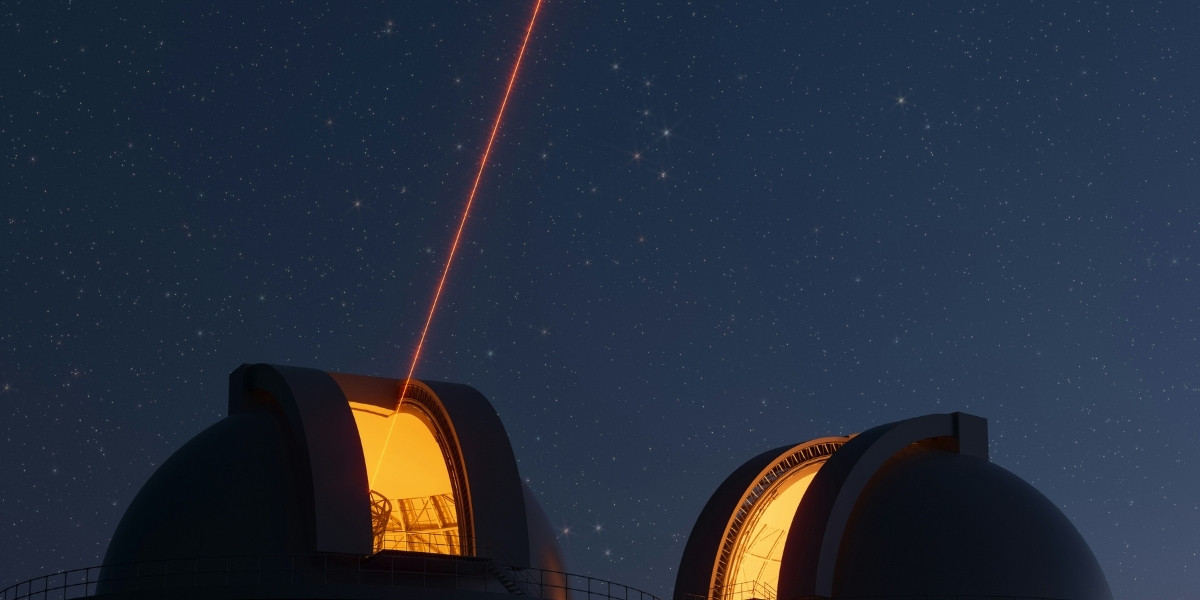Artificial intelligence has made strides in many fields, from healthcare to finance. Now, it’s breaking into creative industries like writing, music, and visual art. AI-generated content—whether a novel, song, or painting—can now produce works that some consider impressive, even beautiful. However, this technological progress raises an essential question: Can AI ever truly replace human creativity? While AI has demonstrated it can imitate certain aspects of human creativity, distinct qualities set human artistry apart, suggesting that the relationship between AI and creativity may be more complex than a simple replacement.
Understanding the Limits of AI Creativity
AI can certainly generate creative works, but it does so by using patterns and algorithms to mimic existing content. An AI system analyzes vast amounts of data to understand language, structure, tone, and style, which it then uses to produce content that resembles human-made works. For example, an AI writing program might generate a story by identifying common plot structures and character archetypes, or a music AI might compose a song based on popular chord progressions and melodies from thousands of songs.
However, while AI can simulate creative works, it operates within boundaries. AI lacks an emotional core, which is essential to true creativity. Human artists draw from personal experiences, emotions, and perspectives, imbuing their work with a sense of authenticity and depth that AI struggles to replicate. A novel written by AI may follow a coherent structure and use eloquent language, but it’s unlikely to capture the nuanced emotions or the personal insights that make literature compelling.
Moreover, AI creativity is limited by its dependency on existing data. It can only create content that reflects what it has learned from previous examples, meaning it lacks the capacity for original thought. Unlike human creators, AI is confined to established patterns that can push boundaries and defy conventions. For instance, while an AI might produce a painting in the style of Picasso, it cannot invent a new artistic style because it lacks the capacity for experimentation and innovation in the same way a human artist does. As a result, AI can replicate creativity, but its output is often derivative rather than transformative.
The Unique Human Touch: Emotion, Experience, and Innovation
An innate curiosity drives human creativity and desire to understand and express the human experience. When artists, writers, or musicians create something new, they draw from their life stories, emotions, and unique worldviews. This intensely personal approach allows human-made art to resonate emotionally, connecting the creator and the audience. Whether it’s a song that perfectly captures a feeling of heartbreak or a painting that evokes nostalgia, human creativity is rooted in a level of emotional intelligence that AI lacks.
Innovation is another hallmark of human creativity. Throughout history, artists have challenged norms, broken rules, and pioneered new techniques that change the course of artistic expression. For instance, the Impressionists revolutionized painting by experimenting with color and light, and modernist poets reshaped literature with unconventional structures and language. These innovations weren’t based on replicating what came before but on creating something entirely new. AI, in contrast, lacks this instinct to challenge conventions. It relies on patterns, so while it can produce variations of existing ideas, it can’t take creative risks that lead to groundbreaking new forms of expression.
Human creativity is also influenced by cultural, historical, and social contexts, adding layers of meaning to artistic work that AI struggles to grasp. A human writer might draw on personal experiences of hardship or joy, producing a novel that resonates with others who’ve shared similar experiences. An AI, however, cannot interpret these life experiences or place them in a broader societal context, as it lacks the personal perspective and empathy that give human creativity its depth.
AI as a Creative Partner, Not a Replacement
While AI may not replace human creativity, it can be a powerful tool for collaboration. Many artists, writers, and musicians are beginning to see AI as a partner in the creative process rather than a competitor. AI can assist in generating ideas, speeding up processes, and providing inspiration, allowing creators to explore new possibilities without feeling constrained by time or skill limitations.
For example, AI-powered tools in design can suggest color palettes, layouts, or visual elements that help designers develop concepts more efficiently. In music, AI can compose background melodies or generate beat patterns that musicians can build upon, using the AI’s suggestions as a foundation for further creative exploration. For writers, AI tools can help with brainstorming, organizing ideas, or even generating text that the author can later refine and shape into something original. In these collaborative roles, AI is a resource that expands the artist’s toolkit rather than replacing their creative input.
In some fields, AI has even enabled new forms of artistic expression. Interactive installations, immersive virtual experiences, and AI-driven visual art projects have created fresh creative avenues. Artists embracing AI as a medium can push creative boundaries and engage audiences in unique ways. For instance, some artists use AI to analyze and reinterpret data from nature, creating digital landscapes that blend the organic with the artificial. By using AI as a tool rather than a creator, human artists can guide technology toward meaningful, innovative outcomes that elevate rather than diminish the human element of creativity.
The Melding of AI and Humanity Towards a Better Future
AI’s role in the creative world is likely to evolve, and its place may be as a co-creator rather than a replacement. As AI technology advances, it will continue to enhance the creative process by offering new tools and inspiration for artists while leaving the uniquely human aspects of creativity intact. By viewing AI as a partner, creators can harness its strengths—such as speed, data processing, and pattern recognition—while preserving the core values of human expression, emotion, and innovation.
For audiences, this collaboration may lead to a richer artistic landscape. Combining AI’s capabilities with human ingenuity could produce new genres, forms, and styles that captivate and inspire unexpectedly. Instead of AI replacing human creativity, it may push human artists to be more inventive as they explore uncharted territory in digital and traditional art forms. This partnership between humans and machines has the potential to expand what art and creativity mean in a digital world, offering endless possibilities for exploration and discovery.
Ultimately, while AI-generated content can mimic certain aspects of human creativity, it cannot replicate the depth, intuition, and emotional connection that define human-made art. By embracing AI as a collaborator, the creative industries can enjoy the best of both worlds—leveraging the efficiency and novelty of AI while preserving the heart and soul of human expression.
Published by: Khy Talara








